Top Savings Accounts for You
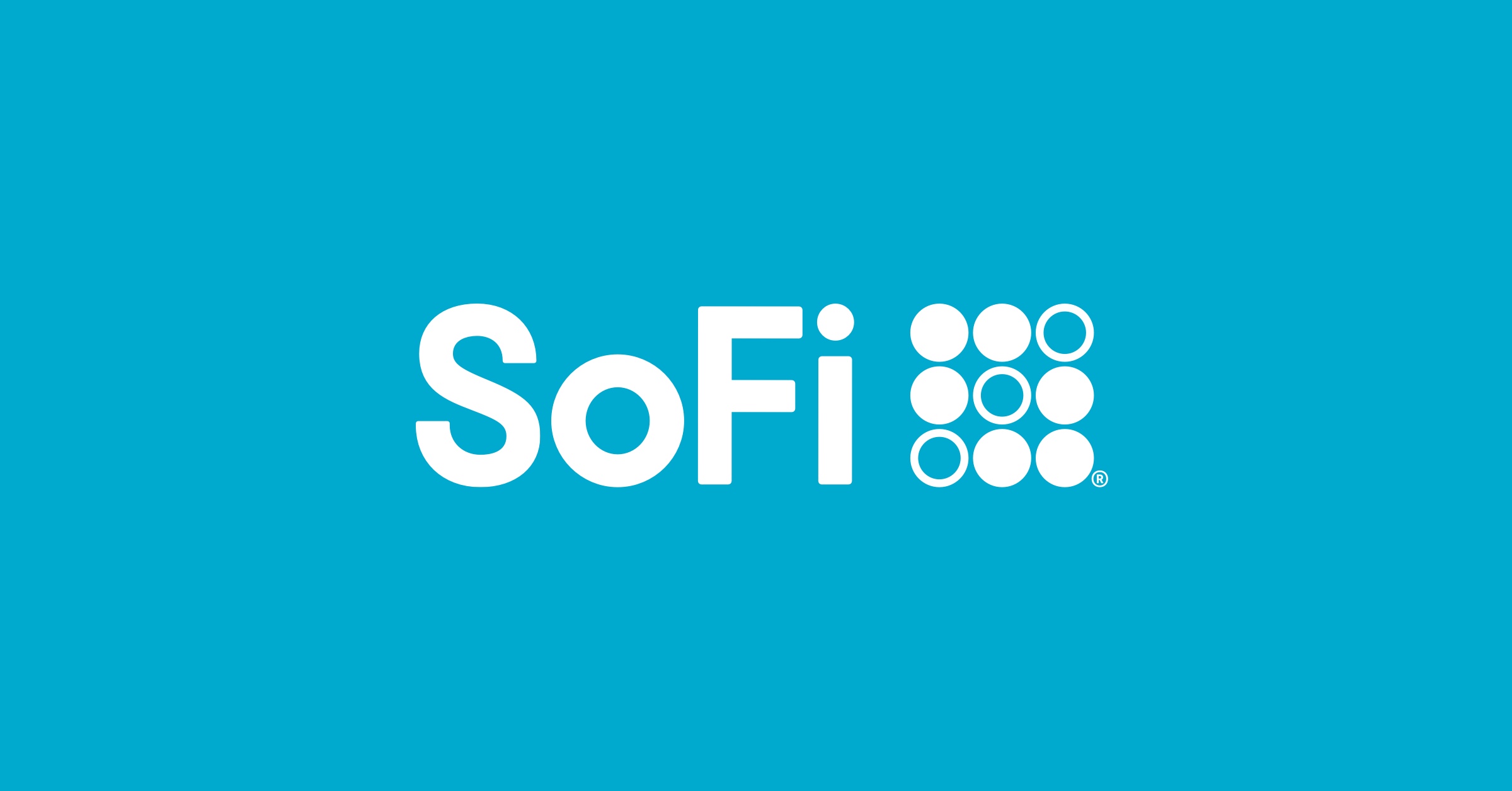
Our Top Choice
SoFi HYSA: $300 Welcome Offer + 3.8% APY
SoFi is our #1 high-yield savings account because of it’s combined offering of a strong interest rate and a very generous welcome bonus. Consider SoFi as the best way to maximize your returns from your savings over 1-year. Plus, it’s all FDIC insured.
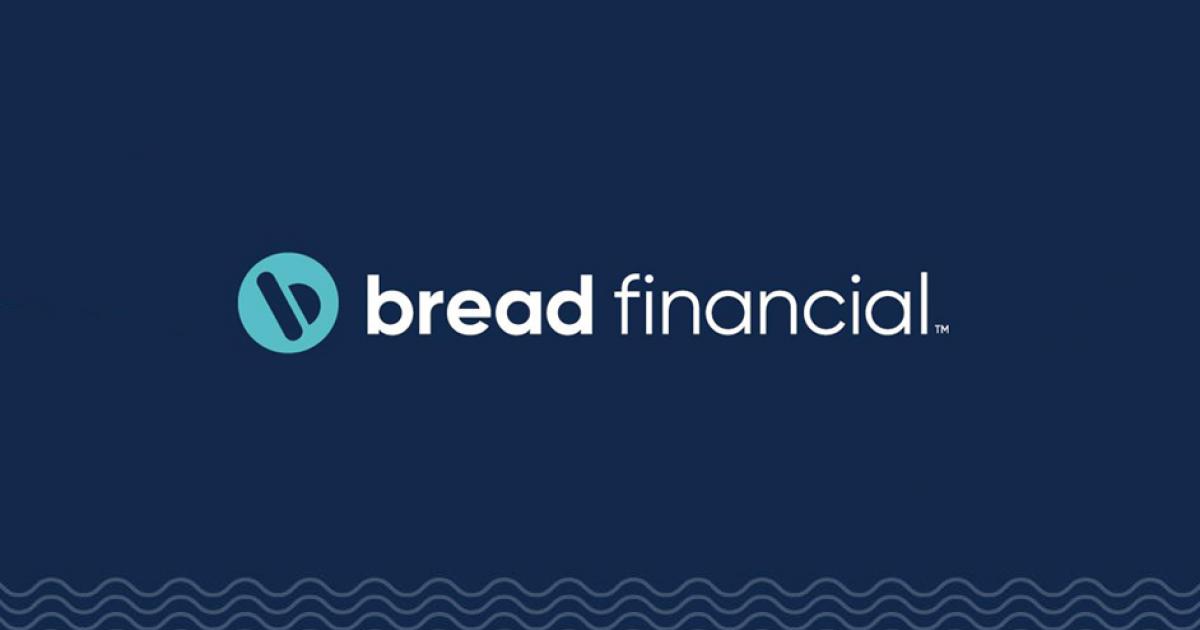
Top Choice for APY
Bread Financial HYSA: 4.3% Interest
4.3% is right at the top of the market for available interest rates, which makes it a stellar choice for anyone that plans to hold their funds in the same bank for multiple years. Like everyone on the list, this comes with FDIC insurance.
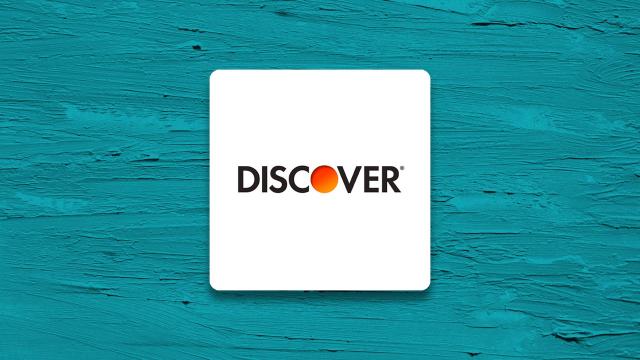
Top Choice for a Big Name
Discover HYSA: 3.6% Interest
You’ve seen their commercials all over the place. Discover isn’t at the top of the heap on pure interest rate, but if you’re looking for the comfort of FDIC insurance along with a big name in the industry, Discover is a strong choice.
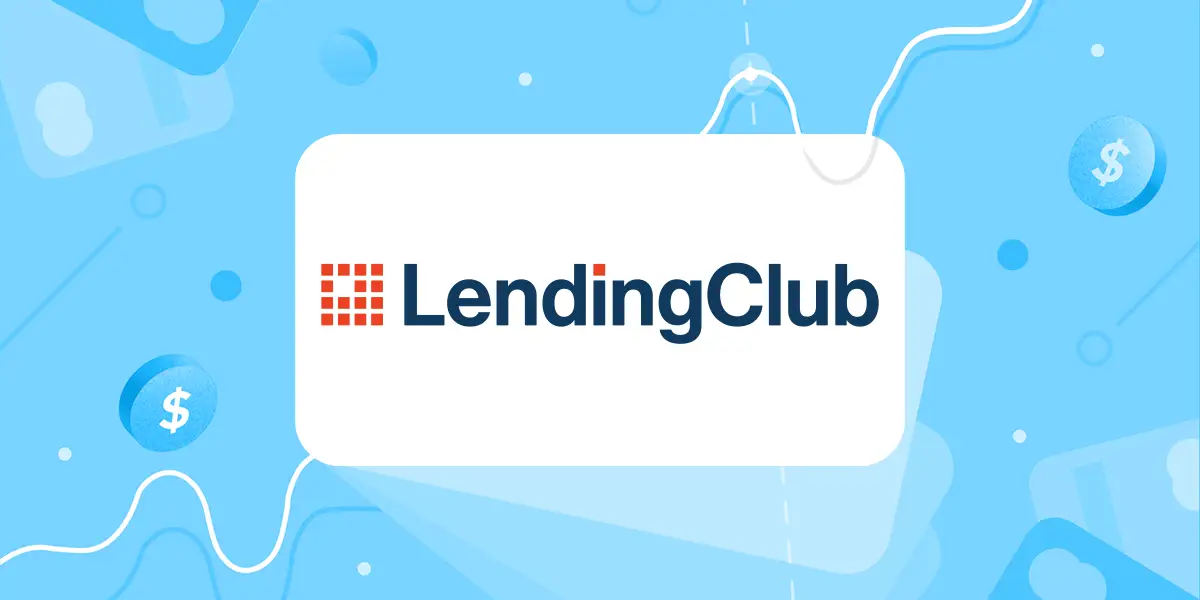
Another Top Choice for APY
LendingClub HYSA: 4.4% Interest
Getting an APY at 4.4% is really strong for any savings account. Don’t underestimate the low monthly deposit requirement as a good way to automate your monthly savings habit either.
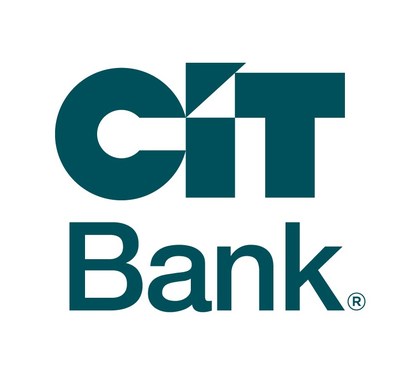
A Trusted Name in HYSAs
CIT Bank HYSA: 4.1% Interest
CIT Bank has been in the high-yield savings for quite awhile, even before most of the newer banks caught-on. CIT offers a strong interest rate, and although it’s not the top APY on this list, it’s a player that’s been around.
Bonus: Top Choice for Maximum Yield

BONUS! HYSA + Bonds
Public.com: 4.1% Interest + 7.1% Bond Yield
Public is a little different offering. They have trading and savings under one roof, so you get the benefit of a nice FDIC insured account with a strong 4.1% APY on your core savings. But that’s not all! You can also get a higher yield in a safe asset category with their bond account.
High-yield savings accounts present an opportunity to accelerate the growth of your savings compared to traditional savings accounts. Whether your goal is to establish an emergency fund, allocate funds for various financial objectives, or just maximize your return on your existing savings a high-yield savings account is a great choice to grow your money.
As of our most recent data, the national average savings account rate, according to the Federal Deposit Insurance Corporation (FDIC), stands at 0.46%. However, superior rates are offered with high-yield savings accounts from some of the nation’s premier financial institutions. We have scrutinized accounts from over 40 banks and credit unions nationwide. These accounts have been determined as the top choices based on their interest rates, fees, and other relevant factors.
How is a high-yield savings account different from a regular bank account?
High-yield savings accounts function similarly to traditional ones, but they significantly outperform them in terms of earnings. Online banks, due to their lower overhead costs, are more inclined to offer high-yield savings accounts than traditional brick-and-mortar banks.
Both account types keep your money safe while accruing interest, with some accounts imposing monthly fees or minimum balance requirements. However, online banks, unlike traditional ones, typically do not charge monthly maintenance fees.
When exploring high-yield savings accounts, it’s essential to understand key terms such as annual percentage yield (APY), compounding interest, high yield, minimum deposit requirement, monthly maintenance fee, and online bank.
High-yield savings accounts are generally considered safe, being held at FDIC-insured banks or NCUA-insured credit unions. These institutions implement security measures such as multifactor authentication, data encryption, and secure data storage to protect customers’ personal and financial information.
While the risk of losing money in an FDIC-insured account due to bank failure is minimal, the value of savings may be affected by inflation if interest rates fail to keep pace.
Online savings accounts typically have fewer and lower fees compared to traditional ones. Many online accounts have no monthly maintenance fees or minimum balance requirements, but it’s crucial to review the terms to be aware of any potential fees.
What to look for when choosing a savings account?
Selecting the best high-yield savings account involves considering factors such as interest rate, deposit requirements, account fees, compounding frequency, and the overall pros and cons. It’s important to be aware of any specific requirements to earn the advertised APY.
High-yield savings accounts are beneficial for short-term financial goals, offering higher interest rates than traditional savings accounts. They are suitable for building an emergency fund or saving for specific objectives, such as vacations, weddings, home renovations, or educational expenses.
While high-yield savings accounts are effective for short-term goals, they are not ideal for holding retirement savings. Tax-advantaged retirement or investment accounts generally provide better returns and tax benefits.
Alternatives to high-yield savings accounts include money market accounts, certificates of deposit (CDs), cash management accounts, and investment accounts. The choice depends on individual needs, preferences, and financial goals. For example, money market accounts offer flexibility, while CDs provide higher fixed rates with a lock-in period.
Ultimately, high-yield savings accounts are a valuable tool for achieving specific savings goals, offering a balance of higher interest rates and accessibility.
What to expect from a high-yield savings account?
Current high-yield savings account rates are at 5.84%, surpassing traditional savings accounts, and this trend extends to other deposit options like money market and certificate of deposit accounts. Online banks, in particular, often provide the most favorable rates within the high-yield savings account category.
The trajectory of high-yield savings account rates showed a consistent upward movement in 2022 and 2023. This increase was primarily influenced by the Federal Open Market Committee’s efforts to combat inflation by gradually raising the federal funds rate, the interest rate at which banks lend to each other overnight.
As the federal funds rate adjusts, banks typically align savings and deposit account rates accordingly. Throughout 2023, the national average savings rate mirrored the federal funds rate climb, progressing from 0.33% in January to 0.46% by December, according to the FDIC.
However, there are indications of stabilization, and rates may even decline in 2024. Federal Reserve rate cuts can trigger reductions in high-yield savings account annual percentage yields (APYs).
A high-yield savings account, typically found at online banks and credit unions, offers higher interest rates compared to traditional savings accounts. These institutions, operating with lower overhead costs, pass on the savings to customers through elevated rates and reduced fees.
Interest rates can vary, but it’s not uncommon to find high-yield savings accounts with APYs of up to 4.00% or more, potentially earning up to 10 times the national average rate on standard savings accounts.
What is the difference between high-yield savings account and a money market account?
Distinguishing High-Yield Savings Accounts from Money Market Accounts In most cases, individuals with high-yield savings accounts are unable to write checks from their accounts, whereas many money market accounts offer the convenience of check-writing privileges.
Despite this difference, both money market and high-yield savings accounts share similarities and are commonly found at banks insured by the FDIC. While savings accounts are generally more prevalent than money market accounts, numerous banks provide both options to cater to diverse customer preferences.
Conclusion
Choosing the best high-yield savings account depends on your individual preferences and banking needs. Always verify the latest details on the official website of each bank before making a decision.
Disclaimer: Rates and terms are subject to change. Please verify the latest details with the respective banks before making a decision.

